State upbeat on ambitious economic goal
VIETNAM aims to achieve robust economic growth of 7.5 to 8 per cent next year, higher than the 7 per cent estimated by international experts.Achieving such a rate was a big task, the government admitted, but said it would strive to fulfil the average annual 7.5 per cent growth target set in the five-year plan to 2005.
 Deputy Prime Minister Nguyen Tan Dung outlines to last week’s National Assembly session, the tasks ahead if Vietnam is to meet its robust economic growth targets. |
Deputy Prime Minister Nguyen Tan Dung said the burden of the tasks in the next two years was great and required accelerated economic growth.
“With the momentum of the higher year-on-year growth of the past three years, we are confident the target for 2004 is attainable if there are no unexpected changes,” Dung said.
Asia Development Bank governance and economic head, Ramesh Adhikari, said Vietnam’s economic outlook for this year and the next was good with an estimated 7 per cent growth, slightly lower than the government’s expectation.
“However, the government should be optimistic in setting targets.”
Adhikari said the economic growth would be underpinned by strong domestic demand, signs of recovery in external markets and the government’s continuing expansionary fiscal policy.
Continued robust performance in industry and the construction and the growing service sectors, particularly tourism-related sectors, would provide the impetus for strong economic growth, he said.
A government report submitted to the National Assembly last week said between $15.5 and $16 billion should be mobilised for development investment in 2004, a 14.7 to 17.5 per cent increase on this year and equivalent to around 36 per cent of GDP.
Development investment has posted an annual increase of 13.5 per cent over the past three years.
It is expected to grow 18.4 per cent this year, representing 35.6 per cent of GDP, higher than regional countries such as Malaysia with 25 per cent and Thailand with 24.4 per cent growth.
Adhikari said further improvements to the country’s legal framework and simplified
administrative procedures had made the business environment more attractive to both local private and foreign investors.
Deputy premier Dung said owing to policy reforms and better external relations, foreign investment flow into Vietnam next year was likely to be higher.
The government aims to attract $2.6 billion in foreign investment next year, a 12 per cent increase against this year.
Dung said that as part of the state budget was earmarked for salary reform, the government had put emphasis on mobilising capital from the private and household sectors, saying these investments could finance fairly large projects with little waste and high effectiveness. ?What’s salary reform got to do with ordinary householders funding projects? There’s less money for investment bcse it’s going to govt salaries?
The government expects $4.3 billion in investment to come from the private and household sectors as it continues to reform the Enterprise Law; more than 75,000 private enterprises have been set up with registered capital of $9.5 billion since its introduction in 2000.
Further reform would free-up these resources by giving private firms access to state support in credit, investment and market information, and by allowing them to enjoy land-use rights in the same way as state-owned enterprises.
Economist Le Dang Doanh said the government should invest in export production sectors rather than state-protected industries such as steel and cement if it wanted to spur growth.
Adhikari said export growth was expected to remain strong with around $20 billion in total value next year thanks to recovering (from what?) external demand and the country’s continued efforts to explore further opportunities in new markets.
Exports account for half of GDP and will continue to be the life blood of the country’s growth; export development, however, depends greatly on the world economy. The government has set a target of $21.7 billion for export revenue in 2004, a 12-per-cent increase against this year.
Vietnam’s exports this year have seen significant improvements with a predicted 16.7-per-cent increase on last year to reach $19.5 billion.
The basis for next year’s estimate, the government said, was the predicted better performance of the world economy in the next few years. The World Bank has said that the global economy is improving, with 3-per-cent growth expected next year compared to 2.2 per cent this year.
The bank said recovery (from what???) in the developed world was picking up, led by stronger growth in the US and Japan, which in combination with strong growth in China should propel an upturn in world trade growth.
With external conditions strengthening, the government said it would speed up exports of four main items – seafood, garments and textiles, footwear, and crude oil – which account for 60 per cent of the nation’s export value.
However, Adhikari said the challenge for Vietnam’s economic growth was to deepen the reform process as the easy phase of economic development was almost over and institutional and enterprise reforms were needed to enhance competitiveness.
He said that private sector development in addition to strong domestic demand would hold a more important role in achieving further growth and poverty reduction in coming years.
“However, to maintain strong and sustainable growth and poverty reduction, particularly in the face of increasing competitive pressure from outside, Vietnam still has a lot to do as there are areas of concern,” he said.
Adhikari said that first and foremost, Vietnam had to enhance the competitiveness of its enterprises. The progress of reform was uneven across geographical areas and economic sectors and an unintended gap was emerging in between institutional capacity and the faster pace of economic integration.
“Income disparity is on the rise, geographically as well as demographically,” he said.
What the stars mean:
★ Poor ★ ★ Promising ★★★ Good ★★★★ Very good ★★★★★ Exceptional
Related Contents
Latest News
More News
- Vietnam’s economy on track for 6.5 per cent growth despite Typhoon Yagi, says HSBC (October 01, 2024 | 16:46)
- Vietnam urges China to expand market access for agricultural products and strengthen trade ties (October 01, 2024 | 16:42)
- IMF predicts Vietnam's economic growth to reach 6.1 per cent in 2024 (September 30, 2024 | 18:26)
- Deli Group breaks ground on $270 million factory in Hai Duong (September 30, 2024 | 18:17)
- Government considering tax on multiple properties (September 27, 2024 | 20:17)
- Accuracy more vital than ever in dawn of AI (September 26, 2024 | 20:44)
- Vietnam remains attractive destination for US businesses (September 26, 2024 | 20:23)
- New innovation centre inaugurated during HEF 2024 (September 25, 2024 | 09:00)
- China's Geely to build $168 million automobile facility with Tasco in Thai Binh (September 24, 2024 | 19:03)
- Spate of claims made in typhoon aftermath (September 19, 2024 | 17:00)




 Tag:
Tag:
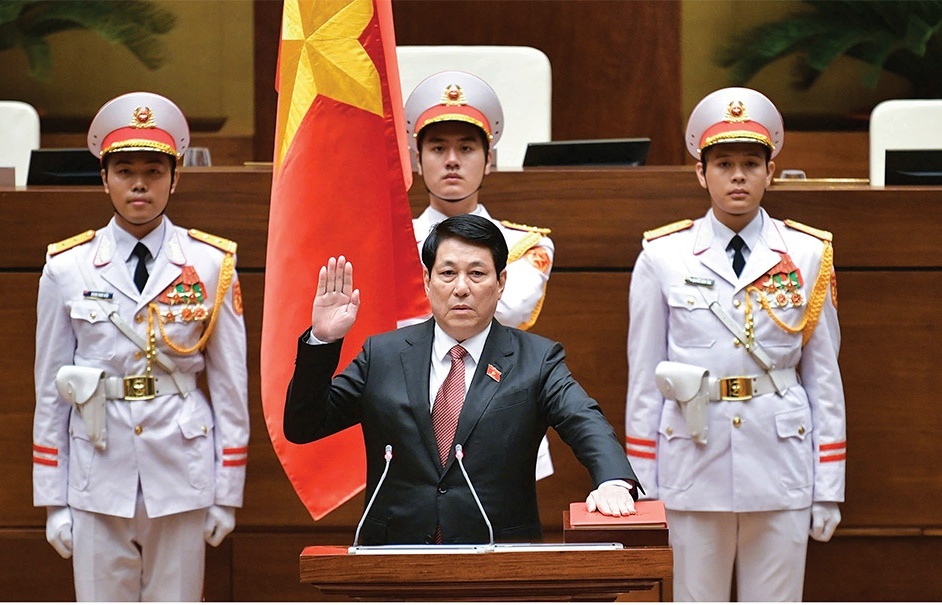
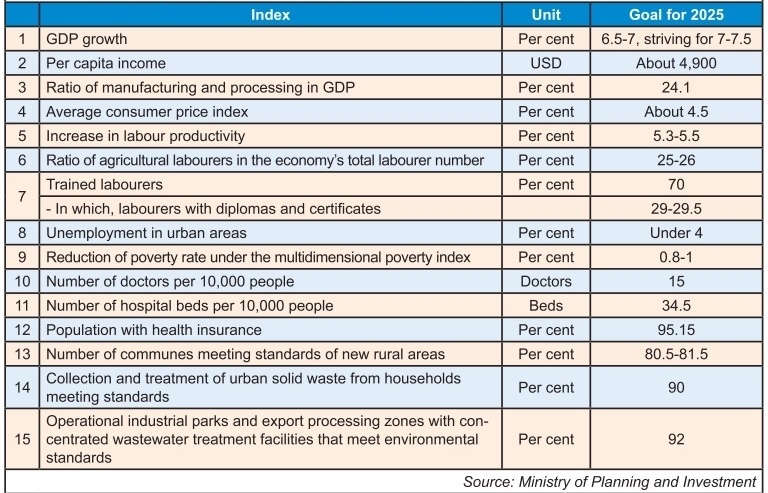

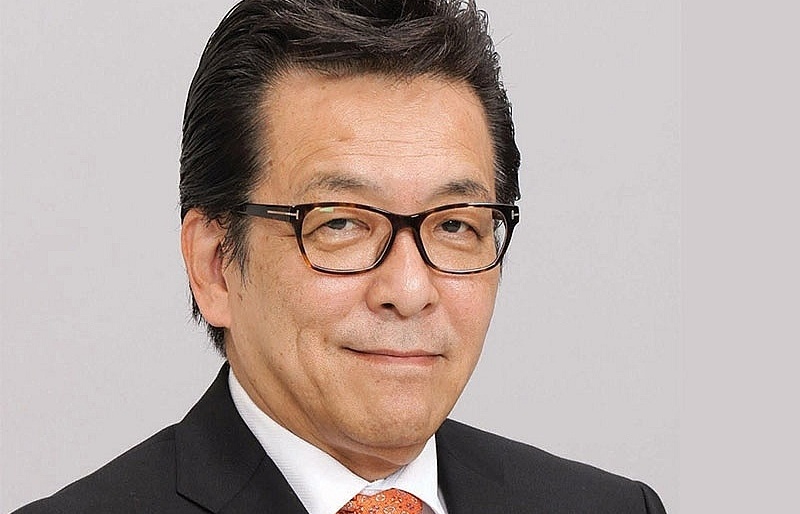



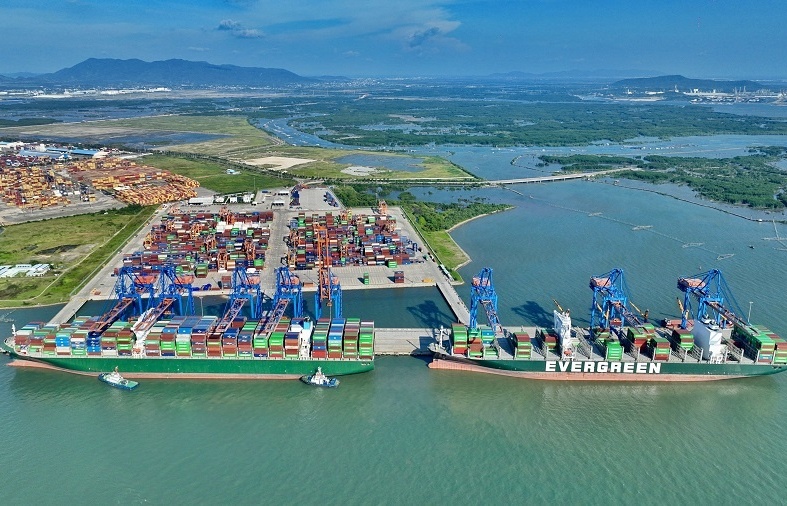


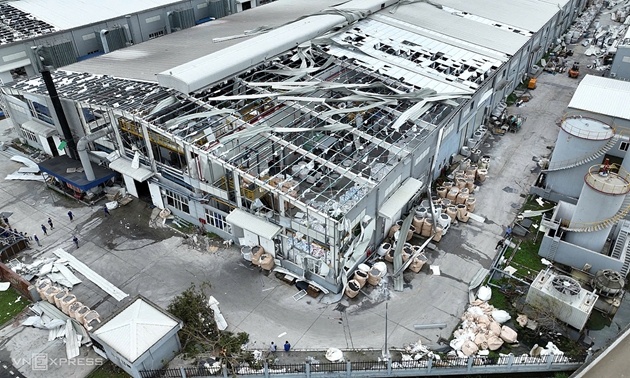










 Mobile Version
Mobile Version